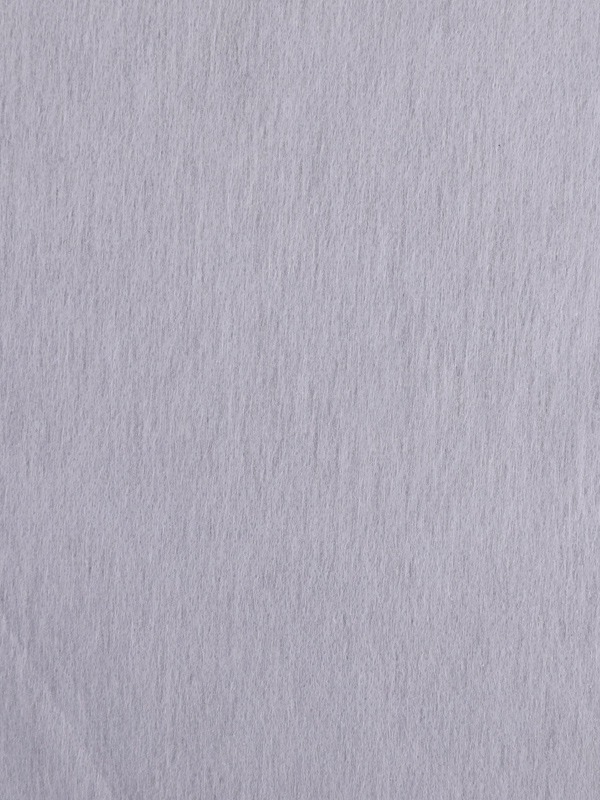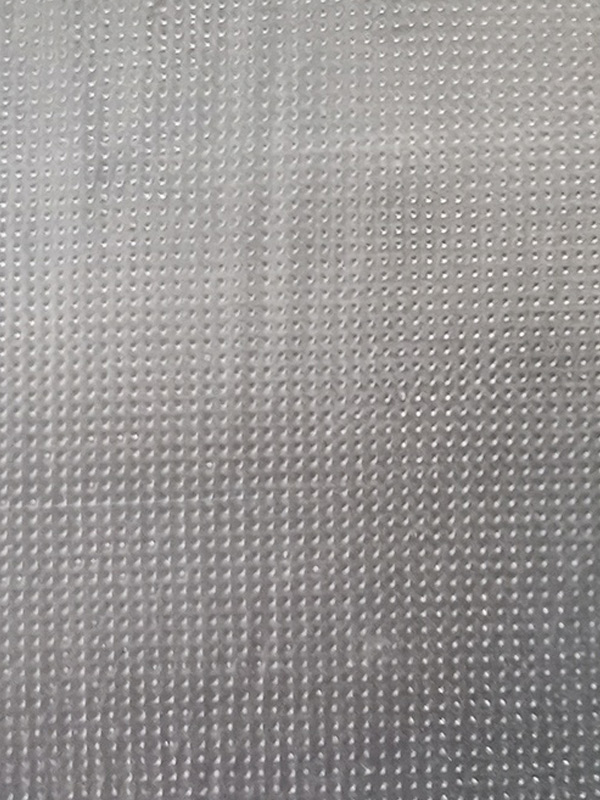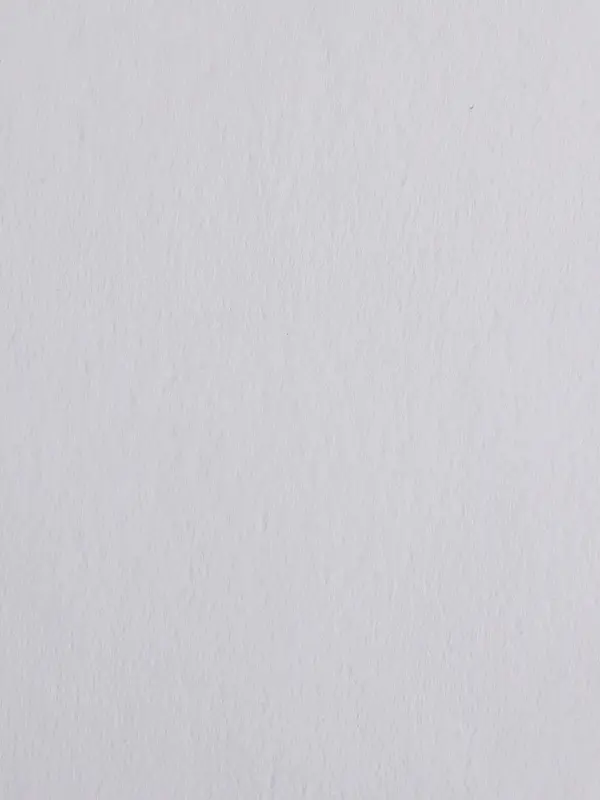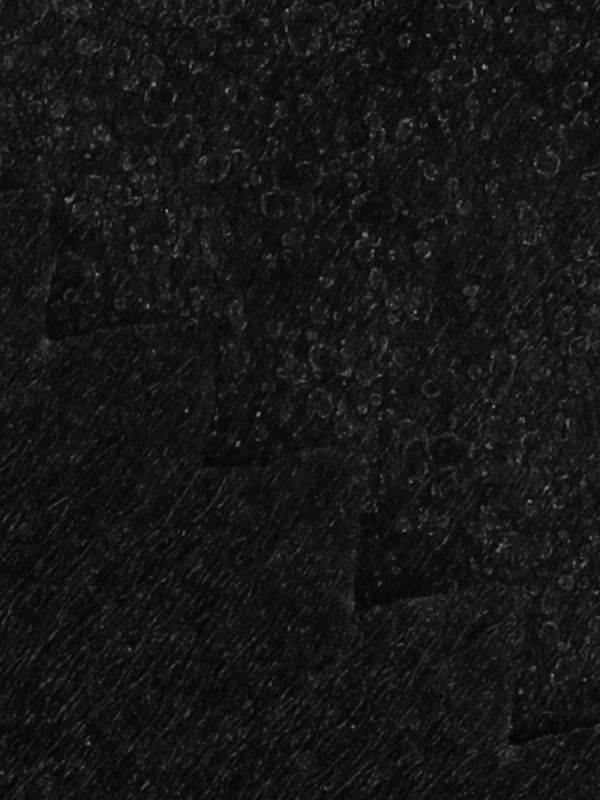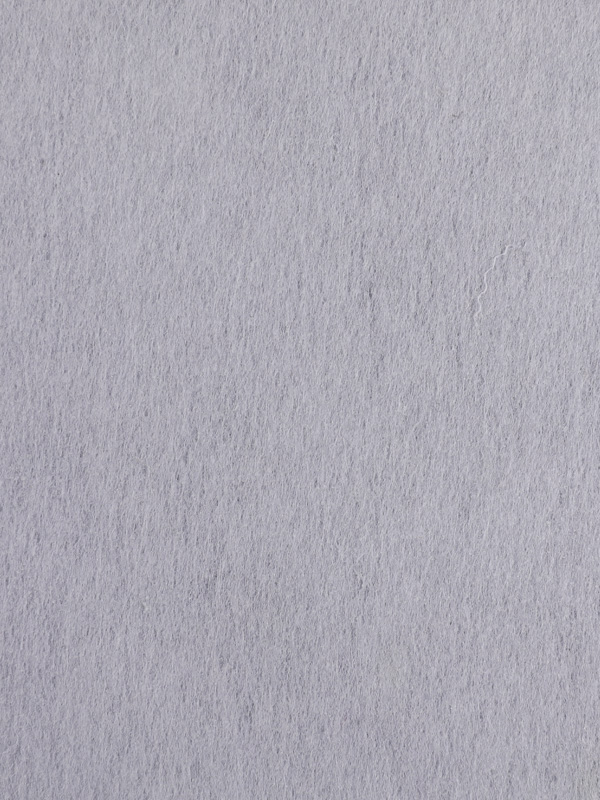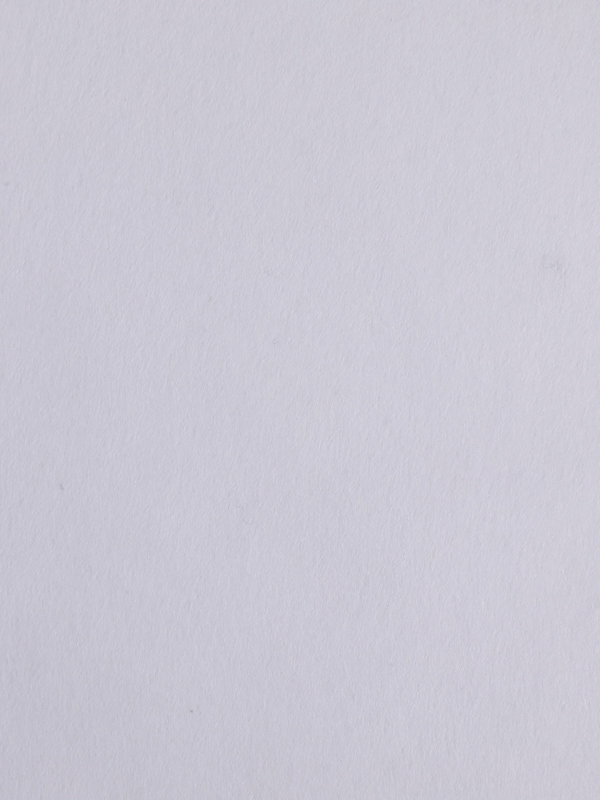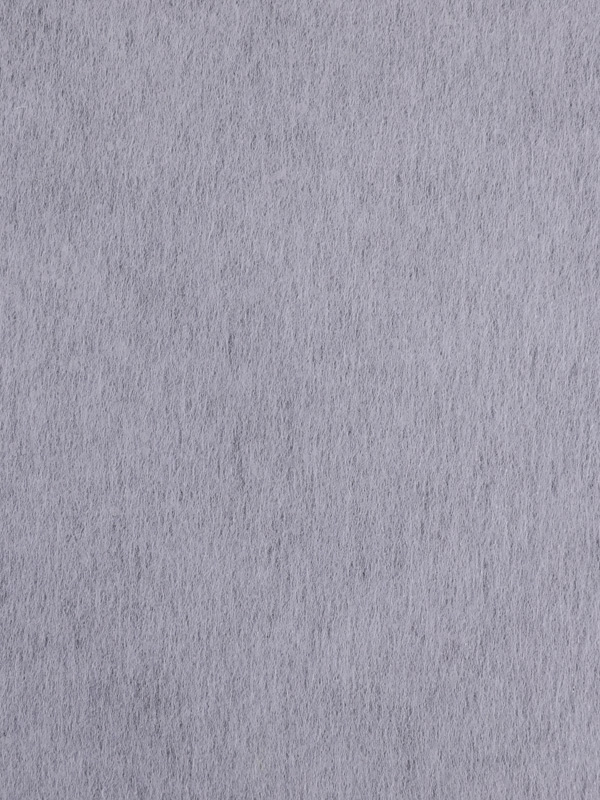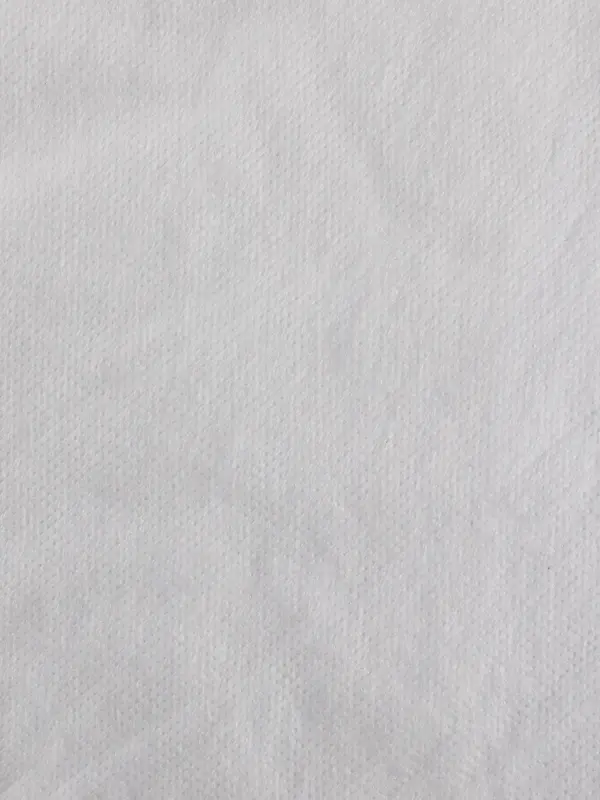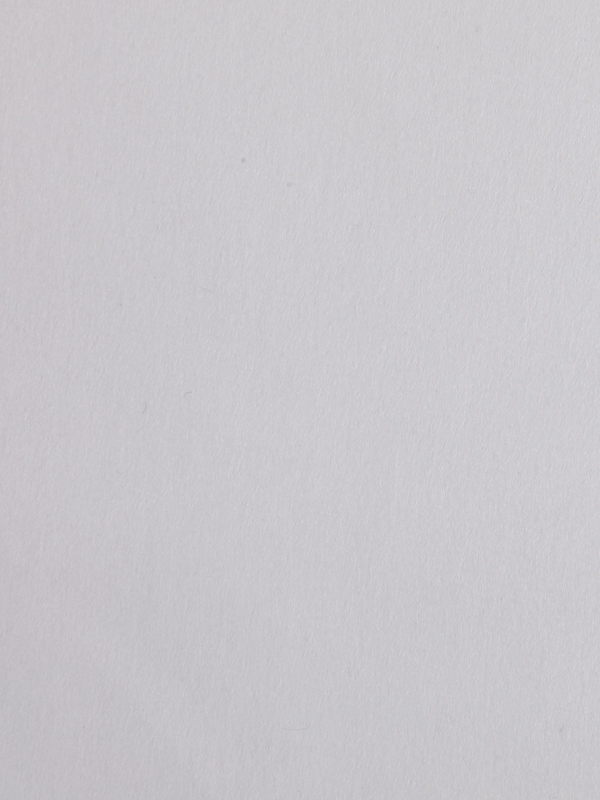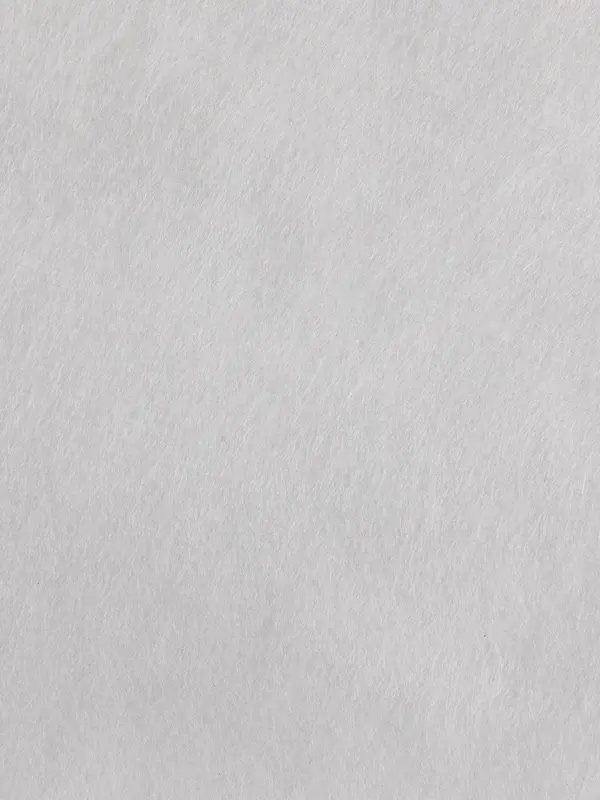Industry knowledge about this item
How is chemical bonding achieved in non-woven interlining?
Thermal Bonding: In this method, heat-sensitive adhesives are applied to the fibers or layers of the non-woven material. When heat is applied, the adhesive melts and bonds the fibers together as it cools and solidifies. This can be done through techniques like hot calendaring, where the material is passed between heated rollers that press and bond the fibers together.
Resin Bonding: Resins or adhesive compounds are applied to the non-woven material, and then heat, pressure, or a combination of both are used to cure or set the resin. This creates strong chemical bonds between the fibers and layers, enhancing the overall stability of the interlining.
Spray Adhesives: Spray adhesives containing bonding agents are applied as a fine mist onto the non-woven material. The adhesive then chemically adheres to the fibers, effectively bonding them together.
Fusible Interlining: This type of interlining has a heat-activated adhesive on one side. When exposed to heat, such as through ironing or pressing, the adhesive softens and bonds the interlining to the fabric, creating a strong bond.
Chemical Treatments: Chemicals that promote adhesion can be applied to the fibers or layers of the non-woven material. These chemicals can interact with the fibers at a molecular level, creating a chemical bond that holds the material together.
What advantages does chemical bond non-woven interlining offer over traditional sew-in or fusible interlinings?
Ease of Application: Chemical bond non-woven interlinings are typically easier to apply than sew-in interlinings, which require stitching, or fusible interlinings, which require heat activation. Chemical bond non-wovens are often self-adhesive, meaning they can be applied simply by pressing them onto the fabric, which can save time and reduce labor costs.
Uniform Adhesion: Unlike fusible interlinings that require careful heat application to ensure uniform adhesion without wrinkles or bubbles, chemical bond non-wovens provide consistent and uniform adhesion across the fabric. This can result in a smoother and more professional finish.
Reduced Stitching: Sew-in interlinings require stitching, which can sometimes alter the drape and hand feel of the fabric. Chemical bond non-wovens eliminate the need for stitching, preserving the original fabric characteristics and ensuring a more natural appearance.
Versatility: Chemical bond non-woven interlinings can be used with a wide range of fabrics, including delicate or heat-sensitive materials that may not be suitable for fusible interlinings. This versatility allows for more design possibilities.
Time Efficiency: The application of chemical bond non-woven interlinings is generally faster than sewing in traditional interlinings. This time-saving advantage is especially important in mass production environments.
Consistent Performance: These interlinings provide consistent results across different fabric types and garment styles. The adhesive properties of chemical bond non-wovens are designed to work effectively with a variety of materials.
Wash and Wear Durability: Well-made chemical bond non-woven interlinings can withstand repeated laundering and provide good durability, ensuring that the garments maintain their structure and appearance over time.
Reduced Seam Puckering: Sew-in interlinings can sometimes cause seam puckering due to the additional layers of fabric. Chemical bond non-wovens help minimize this issue by adhering smoothly to the fabric.
Cost-Effectiveness: Chemical bond non-woven interlinings can offer cost savings due to their ease of application and reduced labor requirements compared to sew-in interlinings.
